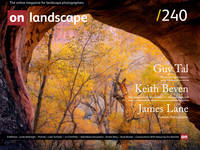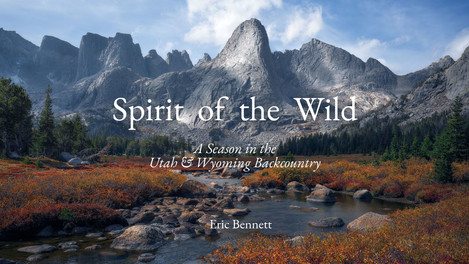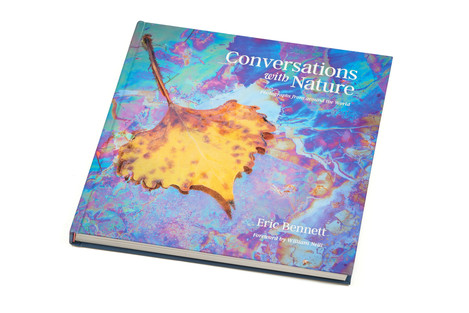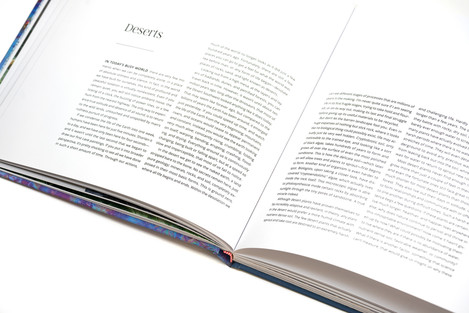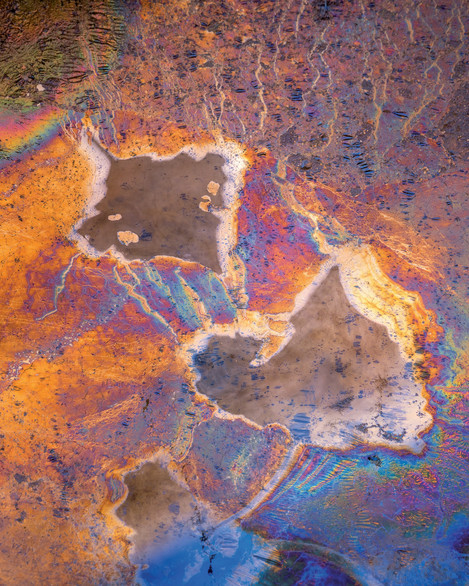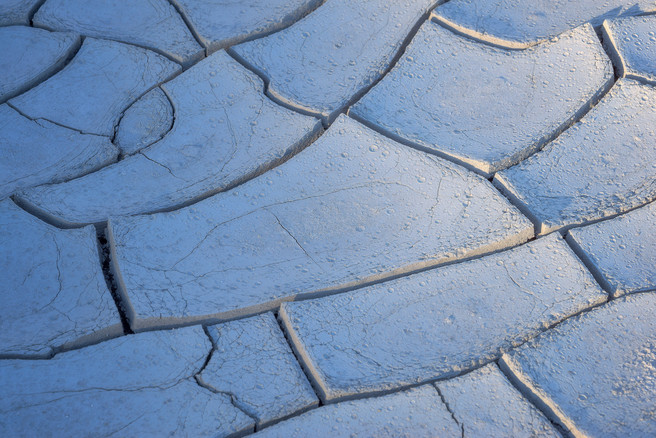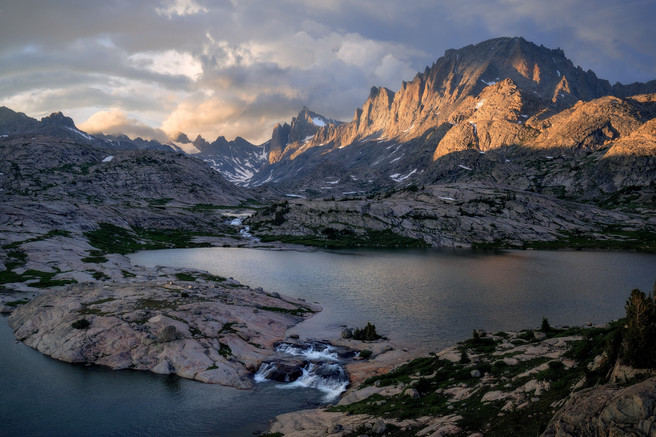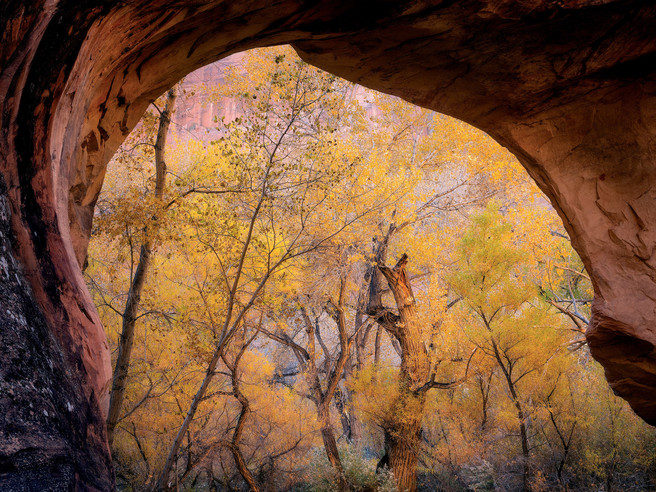A Book Review

Tim Parkin
Tim Parkin is a British landscape photographer, writer, and editor best known as the co-founder of On Landscape magazine, where he explores the art and practice of photographing the natural world. His work is thoughtful and carefully crafted, often focusing on subtle details and quiet moments in the landscape rather than dramatic vistas. Alongside his photography and writing, he co-founded the Natural Landscape Photography Awards, serves as a judge for other international competitions. Through all these projects, Parkin has become a respected and influential voice in contemporary landscape photography.
I first heard of Eric Bennet after listening to one of Matt Payne’s podcasts. Although the photography was excellent, a notch above the usual in many ways, I thought his work was similar to many other “well-travelled” photographers. It was the images from areas closer to his home that got me more interested though. For each image of a Patagonian Peak, there was a more interesting photograph of the Wind River Range, Wyoming. For each Icelandic aurora, there was an intimate of Uinta, Utah.
I was reminded of Eric’s work when Matt Payne included him in his Portrait of a Photographer series and was prompted to buy his “Spirit of the Wild” ebook from his backpacking trip in the same Wind River Range that I’ve noticed previously. This short book held more interest to me than his previous travels around the world. Instead of cherry-picking locations, many of which I’d seen before, he’d immersed himself in an environment and brought back treasured memories and experiences. For anybody who wants to see what Eric’s work is about, $25 dollars spent on this book will give you your answer and it will entertain and inspire you at the same time.
Conversations With Nature
Eric has since produced a portfolio book that combines his favourite images from 2016 to 2020, combining the very best images from his travels around the world with many of his more ‘local’ adventures.
This 168 page, 11” by 11” square, hardbound book is exquisitely printed, each image presented full on a page with more than adequate margins. Although a few images are printed full bleed across the stitching, the book opens almost fully flat so they don’t suffer for it.
The print quality is on a par with the best of the books I own (240lpi Agfa Sublima XM, for those geeky printing fans) and from a quick comparison between his online images and the prints, the colour management has been handled well.
A forward by William Neill and an introduction by Alex Noriega preface the main parts of the book. A prologue by Eric first summarises his goals with the book and describe the way it is broken into four sections where he hopes you will experience the diversity of landscape he has visited and come to value them as he does.
Each section, Forest, Deserts, Mountains and Canyons, is introduced by a very well written essay describing what Eric finds special about each environment, from the “Wood Wide Web” of the Forest’s mycelium powered roots to a brief history of our loss of Glen Canyon to Lake Powell.
Forest
You can very quickly see that Eric has an affinity for the forest environment, especially for the small details. The range of subjects within cover everything from the epic, mountainous larch forests of Washington, through intimate vignettes of Utah aspens; stunning leaf litter through the seasons and subtly lit bark details. It’s Eric’s photographs of marsh oil and leaves that really captured my attention though and one of these was an excellent choice for the cover of the book. My favourite image, though, was the ghost imprint of two leaves in the marsh oil.
Deserts
The peaceful solitude of the desert environment has called to many artists and writers. Those without experience of the environment may just think of deserts as homogenous sand dunes but the truth is that they are a constantly changing geological wonder where wind and water slowly sculpt wondrous patterns and structures, and hidden biology survives despite ever more extreme conditions. Eric’s eye for composition and form bring the patterns of the desert to life
Mountains
Having visited Patagonia, Iceland and the Dolomites, Eric isn’t short of epic mountain photographs. However, as mentioned previously, it’s the mountains of Wyoming and Utah that I want to see more of and hope Eric spends more time around in the future. I don't know if it's my unfamiliarity with the subject matter that is getting my interest piqued or, more probably, it's the gentle way that Eric has with compositions in these areas, respectfully capturing the essence of the locations without hyperbole or exaggeration. It's obvious to me that the connection here is more of a resident than a visitor, if that is possible in such wild places.
Canyons
The canyon environment isn’t uniquely American but this section is the only one where all the photographs are from Eric’s home country. Although there are the occasional cliche slot canyon photographs, they are well done and I’m happy to say, aren’t all shades of Peter Lik red and orange. Canyons are more than just these narrow sandstone slots though. When the canyons get wider and rivers flow more often, the terraces of trees and fringes of plants bring the environment to life, and the open and bounced light make for a creative photographers paradise.
Conversations with Nature is less immersive than the Spirit of the Wild ebook, as is expected comparing a single trip report with the highlights of half a decade of photography, but as a foundation and milestone to publicly state “this is where I’ve been and this is what I’ve experienced and learned along the way” it puts a solid first foot forward for what will hopefully be a very interesting journey.
Sadly, the cost of postage to get the book sent from the US to Europe is actually more than the cost of the book (£44 for the book, £47 for delivery). However, because I would like a copy myself (I currently have Alex Nail’s copy) I’d be happy to put in a group order which, if we manage to get five people ordering, would reduce the postage to £18. They would all have to be posted to a UK address but we can either sort out a pick-up point somehow or pay the extra for the final UK leg. If you want to order directly, you can do so on Eric's website.
Book
Porfolio
- Acr6456382770624 1335037

